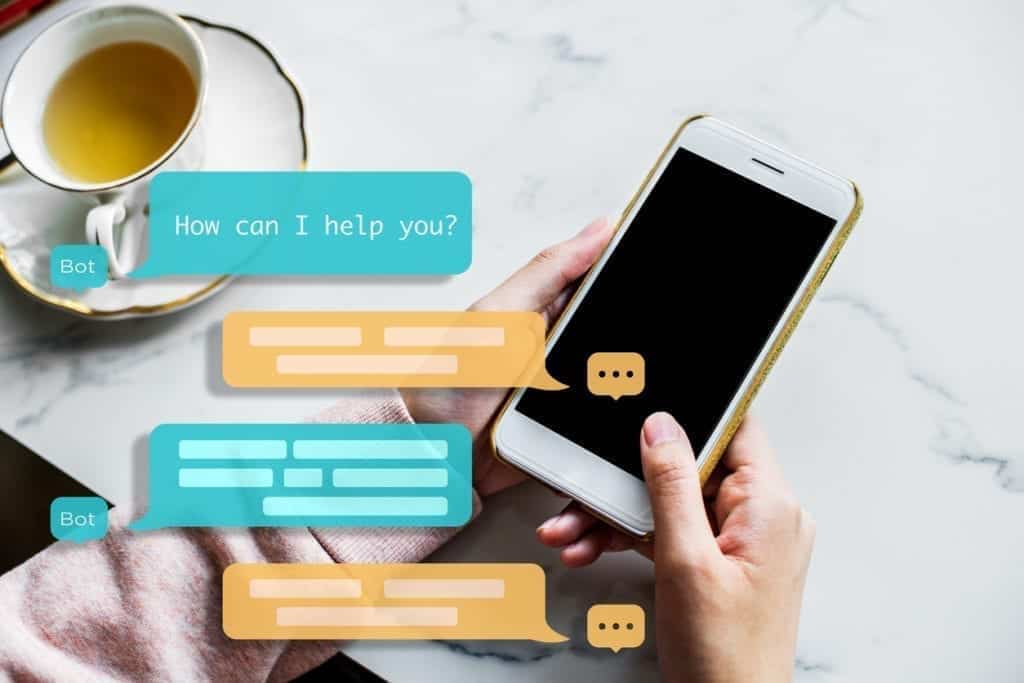Why Everyone Hates Your Chatbot (Including You)
We hate our chatbots for two main reasons: terrible answers and a terrible experience.

“Next slide. And how’s our chatbot strategy? Where are we with that?”
Everyone in the boardroom turns to you.
You’ve already tried some off-the-shelf chatbot apps. And they were… okay. They’re basically what would happen if a contact form hooked up with a Choose Your Own Adventure book. You set up a dialogue tree of if-that/then-this flows to get the user to schedule a demo with sales, get them to the right product page, or shuffle them into your support portal.
“Numbers are… good,” you respond.
Numbers are okay. There’s been some engagement in the areas of your site where you’re popping the chatbot script. Rules-based chatbots are good at completing a narrow set of tasks, and for smaller companies and brands that might be enough. But the execution is still kinda… clunky.
Has anyone loved a chatbot interaction? Like really loved it. Has anyone ever said, “OMG that was amazing service from an impersonal automated system… five stars all around! Wow!” (I’ll have what she’s having.)
Nobody likes your chatbot. You don’t even like your chatbot.
Back to the board room:
You add, “Numbers are good and improving, but we still need more data.” Pause.
“Okay. Next slide. How’s retention?” You’re off the hook. For now.
Chatbots were supposed to revolutionize everything. From the shopping experience to customer service to making your IT or HR helpdesk more efficient. And with the global move towards full-time remote work, you can’t just walk down the row of cubicles to get help or interrupt the IT team a few floors down.
But still: We hate our chatbots, for two main reasons.
Terrible Experiences

Conversational apps should feel magical. You say what you want to know in plain language and the system responds instantly with the right answer (also in plain language). But first-gen conversational apps are about as user friendly as a root canal.
“You didn’t say the magic word!” You shouldn’t have to play a guessing game trying to say the right combination of words in the right order to get the right answer (while wondering if it’s easier to just go into the knowledgebase docs or customer support portal). The days of having to know mysterious commands or Boolean logic are lost in the days of the green screen. The system should understand your intent instead of you having to phrase your question in an excruciatingly specific way.
“Who are you again?” Chatbots should know who you are. If you’re a customer: where you are, past purchases, previous support tickets, shopping history, and other behavior. If you’re an employee: your job role, business unit, or most important projects. If you make your users start every chat like they’re a complete stranger, you’re going to annoy the heck out of them.
“That ain’t my job!” The first generation of conversational apps executed rule-based workflows of if-that/then-this interactions that worked only as long as you stayed within the rigid, pre-defined decision trees. Conversational apps should be smart enough to orient incoming questions, use AI to find the answer, and deliver it in the most appropriate context.
“You weren’t here last time.” Even further, these interactions should be consistent across all channels: web, mobile app, in-store, or on the phone. No matter where I am or where I’ve been, the system must pick right where I left off. Otherwise, there’s no historical perspective to establish where the customer is on her journey or where the employee is in their work day.
And if the interactions we have with chatbots are terrible, the answers are even worse.
Terrible Answers

Conversational systems should just know what I mean and tell me what I want to know.
“That’s not what we call it here.” Like the rigid workflows above, if a chatbot can’t recognize synonyms and other parts of speech in queries or questions, it can’t get you to the right answer. When an app can’t ask follow-up questions, it can’t sharpen and tighten the query to give better answers and deliver them in plain language.
“Don’t talk to me about that.” Further, if an app can’t build its own knowledge graph beyond the initial, canned question-answer pairs, it’s going to keep missing the mark. Interactions should feel like talking with a real agent or advisor. Conversational apps should be applied to content more engaging than simple FAQs and support docs. Your users want to chat about CRM notes, marketing copy, and social media and myriad other tidbits scattered across your other internal systems and databases. Why fence in your users, based on where the data sits?
“You should talk to a real live person. Please hold.” And when all else fails and the answers can’t even be found inside the domain of the app, you throw them into a phone or chat queue with a live operator. And if you really want to aggravate the user, don’t transfer the transcript to the live agent, but make the user repeat everything all over again. In fact, if your conversational app holds information useful to your customers, your support employees should be able to access the very same system. Shared knowledge puts your employees on the same page as your customers.
Beyond the Valley of the Chatbots
Once you’ve admitted that you kinda hate your own chatbots – and why – it’ll be easier to start looking at upgrades and improvements. There’s a lot more possible once you take a broader approach to chatbots, virtual assistants, and conversational apps.
LEARN MORE
Contact us today to learn how Lucidworks can help your team create powerful search and discovery applications for your customers and employees.